We were delighted at how quick the Council were to remove the graffiti from the Kings Lane bridge. We abhor graffiti and it is important to deal with it promptly.
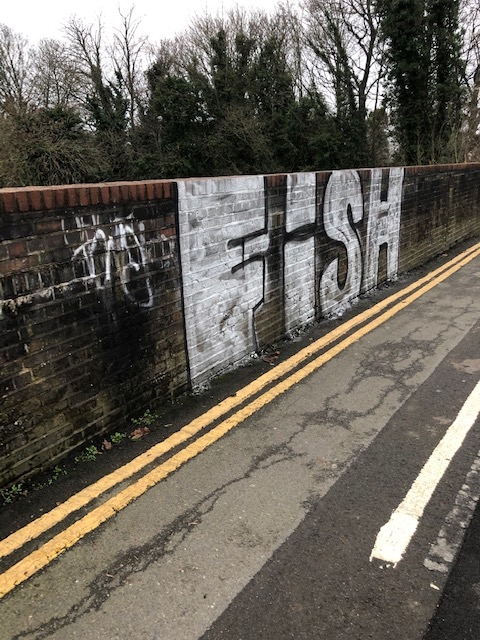
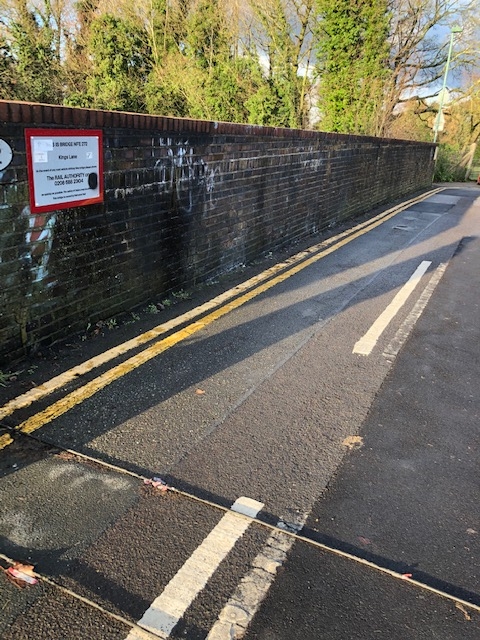
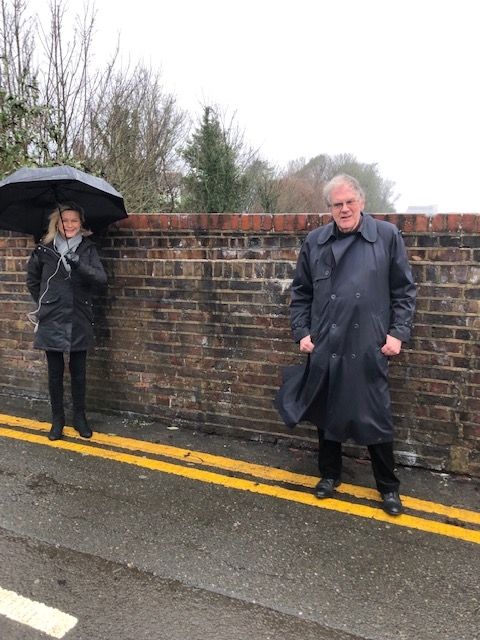
We were delighted at how quick the Council were to remove the graffiti from the Kings Lane bridge. We abhor graffiti and it is important to deal with it promptly.



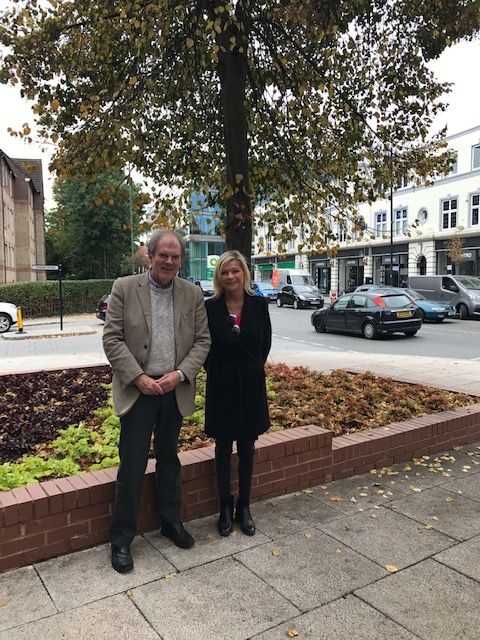
Trish and Richard were delighted that Sutton Council ensured children did not go hungry over the school winter holiday period by providing support for families whose children go to Sutton schools and are eligible for Free School Meals.
The provision followed on from the scheme developed for the October half term, but supported a much wider group of children, young people and families, including:
Parents/carers of children that are registered for free school meals at their school did not need to apply – their school (whether in the London Borough of Sutton or in another Local Authority area) distributed vouchers to eligible families directly. This applied for the vast majority of pupils eligible for the voucher.
At half-term, during the autumn term, Richard and Trish were horrified that the Conservative Government refused to back Free School Meals for hungry children during the half term break. Liberal Democrat-run Sutton Council stepped in to provide Free School Meals for local children during the holidays. This new scheme, over the Christmas holidays, follows on from that earlier provision.
Footballer Marcus Rashford has spearheaded the campaign that brought national attention to children living in food poverty.
Local councils are under huge financial pressure across the country, with the Government only providing half the funding required to support additional COVID-19 related services. It was not true that the Council was funded to provide free school meals at half term. That funding was received back in July for families who needed extra support and had to be allocated within twelve weeks. It wasn’t nearly enough at the time and it certainly wasn’t intended to cover the cost of feeding hungry school children at half term in October. However, the Liberal Democrats in Sutton were determined to ensure no child went hungry.
On Remembrance Sunday, November 8, Trish – our Mayor – led the brief service at the war memorial at Carshalton ponds, to remember the fallen. Due to the COVID restrictions, the traditional service was kept very brief this year.
Richard attended the service and laid a wreath.
Sadly, the event normally held in Manor Park, at which Richard played the Last Post last year, was called off due to the COVID restrictions.
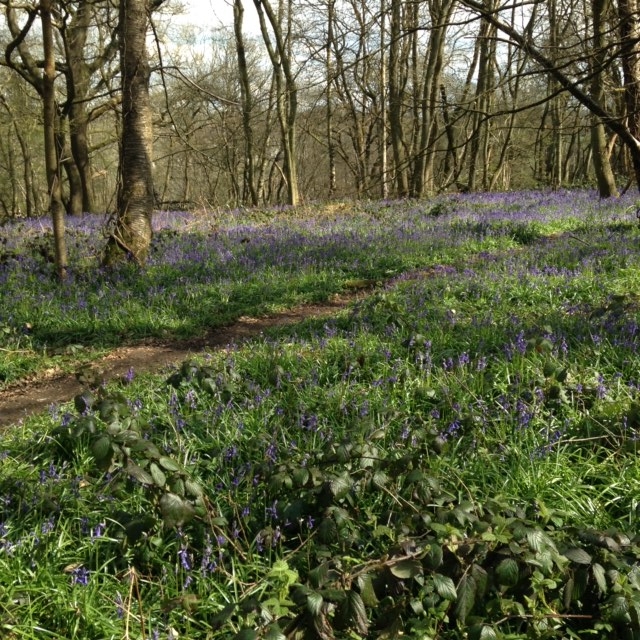
Every year, in the autumn, residents contact us to enquire about the leaf clearing programme. Each year the Council has a leaf clearing programme in place, where a team is deployed to all roads/streets that suffer from significant leaf fall. No Council can keep every road entirely free of leaves during the autumn leaf fall period, as resources are not unlimited. However, there is a programme that will, over a period, gradually clear away the fallen leaves.
As part of the South London Waste Partnership contract with Veolia, dedicated resources are provided for leafing, in support of the core street cleaning service. The operation is in two parts.
First, throughout the borough leaves should be cleared by beat sweepers as they break down and start to lose their shape and structure. Gully grates should also be kept clear, by beat sweepers, to help minimise surface water runoff and drainage. Second, the dedicated Veolia team will work to clear leaves throughout the borough, aiming to ensure they do not become hazardous to road users and pedestrians, turning into detritus and blocking road-side gullies with danger of flooding. If there are particular streets that residents feel need to be addressed more urgently, we ask that this is done through the Report It function on the Council website.
Commencement of the dedicated resource is a joint decision with Veolia and is based on the level of leaf fall and forecast weather conditions. The leaf fall programme is likely to start in the first week of November. There is an operational document that schedules which roads will be visited by the dedicated leafing team and when. As with all operational documents, and particularly with leafing, those involved have to be prepared to respond to weather conditions, to locations where demand and need is greatest, taking decisions on the basis of available resources. This means that the schedule is being constantly reviewed.
If residents or a community/resident group would like to get involved in clearing leaves from streets or communal areas please contact Council officers. Simply complete our Community Clean-Up Event Form with a few details. We can provide bags for use and will arrange for them to be collected from a pre-arranged location.
Leaves from residents own property can be disposed through our paid for Garden Waste service or taken free of charge to the reuse and recycling centre at Kimpton Park Way, Sutton SM3 9QH. Alternatively, a garden composting bin could be used.
Residents should not sweep leaves from their own property into the road.
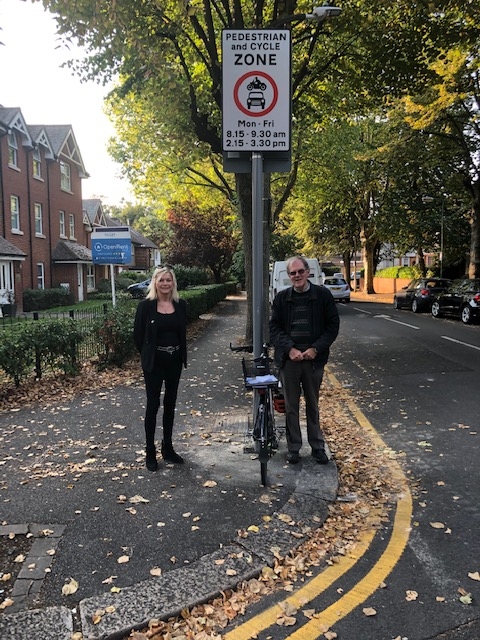
Students returning to school at the start of the 2020 autumn term at Overton Grange enjoyed a quieter and safer atmosphere due to the introduction of a “school street” at the gates in Stanley Road at the time students arrived and left for the school day. This involved the closure of the part of Stanley Road adjacent to the school for a short period in the morning and afternoon, when the school day starts and ends.
The objectives of school streets are:
1) To improve safety around the school at start and finish time
2) To improve air quality for children outside their school gates (small people are particularly vulnerable to emissions from cars)
3) To create a more welcoming atmosphere around the school, where children can walk in the road and parents can feel more relaxed.
The scheme was a six month trial funded by Transport for London, who set the parameters of the scheme. The scheme was withdrawn in advance of the conclusion of the six month trial following a legal challenge to the lawfulness of such schemes, but by then it was proposed to withdraw the scheme. This related to difficulties experienced in enforcing the traffic controls, which at successful “school street” schemes involved the participation of the school and parents.
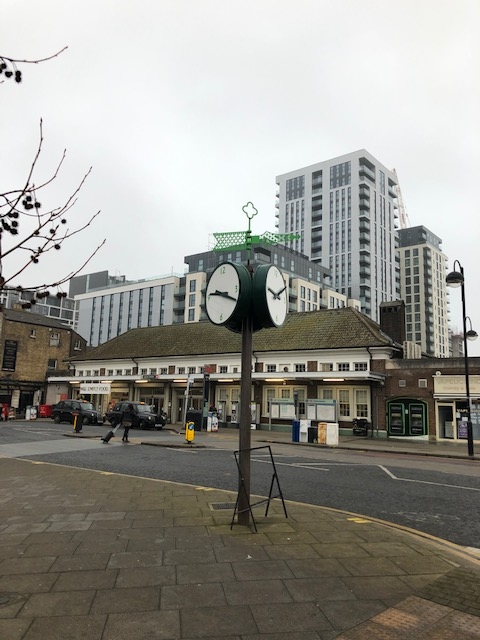
When Richard was first elected in 2010 one of the first projects he initiated was to get the “No Drinking Zone” in the centre of Sutton extended to our Ward. There were a group of what the police termed “all day drinkers” who used to congregate on Cedar Road outside Forest Dene Court.
The zone was extended to cover the area of our Ward south of the station as far as Cavendish Road, and running west to east from Brighton Road to Langley Park Road. In this area it is unlawful to continue to drink alcohol if asked by the police to stop, and there are provisions that would enable the police to confiscate alcohol. You will find reminders of the provisions attached to lampposts in the area, for example in Cedar Road.
The Council has, by law, to re-consider and consult afresh on these provisions from time to time. It is doing so at present. You can comment or make representations on the proposal to maintain these provisions. Representations must be made in writing and addressed to Safer Sutton Partnership Service, Environment, Housing and Regeneration Directorate, Sutton Police Station, 6 Carshalton Road, Sutton, SM1 4RF, before 21st September 2020. You need to state the grounds on which your representation or objection is made.
If you have any questions about this consultation, you can contact the Safer Sutton Partnership Team via email at safersutton@sutton.gov.uk.
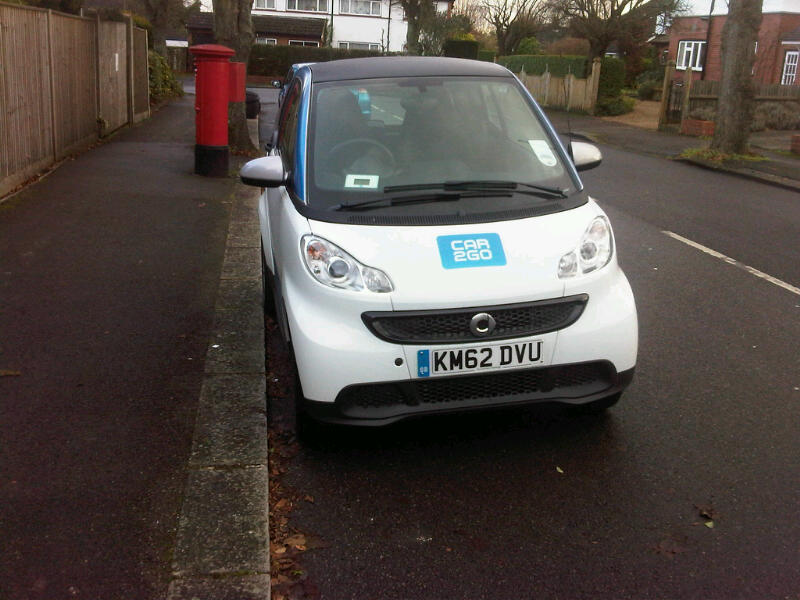
The reduction in traffic in our residential roads at the height of the lockdown brought quiet, clean air, blue skies and a wish to preserve the pleasant environment it created. We have obtained, from schemes established by the Government and the London Mayor to deal with the aftermath of the pandemic, funding for plans to maintain these advances. The schemes are trials and will be monitored throughout the initial six months. Normally the Council would consult extensively before their introduction but the offer of funding is for immediate action following emergence from lockdown, so the measures will be introduced and monitored to assess resident reaction and their impact. The principal proposals include, in our Ward:
* The Permit Parking Area (PPA) planned for roads from Mayfield Road running east as far as Banstead Road South, which residents strongly supported in consultation exercises, will be introduced from 30 November. This should reduce traffic and parking in this area
* An extension of the 20 mph speed limit area in Langley Park Road to roads to the east, as far as Banstead Road South, has been introduced. This includes the part of the Ward where a PPA is to be introduced, so the reduced parking will lead to speeding, which has to be dealt with to maintain the peace and quiet of these residential roads
* An experimental “modal filter” (allowing cyclists and pedestrians to cross but not other vehicles) to reduce traffic rat running north to south through the area, at Kings Lane, has been introduced. This will be subject to assessment after introduction and maintained if there is resident support. The impact on traffic in Langley Park Road and other local roads will be monitored. A proposal for a second filter, in Langley Park Road, remains in the programme but will not be implemented while Sutton Court Road is closed at the west end, and will be subject to review in the light of an assessment of the impact on traffic in the area from the Kings Lane filter
* A“school street” at Overton Grange school to deal with traffic at the school gates has been implemented, closing the road where the school is situated to traffic when school students are arriving and leaving, so they can do so in safety and quiet. This involves the closure of Stanley Road south of the junction with Camborne Road when Overton Grange students are arriving and leaving.
These improvements will help maintain the peace of the quiet residential roads in our Ward, improve air quality, make the area more pleasant for walking and cycling, and benefit the neighbourhood. We hope to create a neighbourhood with less noise, less non-residential traffic, less speeding, cleaner air and a safer and more pleasant environment, promoting walking and cycling.
The proposals also respond to the many of the concerns raised by residents in the survey last year supporting the Council’s Liveable Neighbourhoods bid to the Mayor of London. These were:
1. Too much rat-running traffic
2. A wish for more trees, plants, greenery
3. A need for improvement to air-quality
4. A need for slower vehicle speeds on residential roads
5. More pedestrian crossings on main roads
6. More welcoming streets for walking
7. More welcoming streets for cycling
We will be monitoring closely the impact of these measures and traffic levels were monitored in local streets in August. Normally the Council would consult extensively before their introduction but the offer of funding is for immediate action following emergence from lockdown, so the measures will be introduced and monitored to assess resident reaction and their impact. If, after the initial experimental six month period, the Council was minded to retain the schemes on a permanent basis there would be full resident consultation on a traffic management order.
On the criteria for evaluation of the temporary schemes, this is what TfL are asking us to use.
We will look at a range of factors when considering whether or not to make a temporary scheme permanent. These include the:
By way of background, the Low Traffic Neighbourhoods scheme was set up by the Conservative Government in consultation with the Labour London Mayor. A total of 859 schemes are being trialled across London for six months from September, and the rules for these schemes were set up by Central Government at very short notice. The Government asked for bids from every London Borough in mid May that had to be made within just a month, by 22nd June, which is not ideal.
The choice of areas was based on past requests to Local Committees, suggestions made by residents, and proposals previously made under the Transport for London (TfL) Liveable Neighbourhoods bid.
The Department for Transport advise that the six months long trials of the temporary schemes will enable further consultation if it is intended to make any of the schemes permanent. The benefit of a trial is that one can see if a scheme works or does not work, or can be improved. Where these schemes have been set up elsewhere in London they have often proved popular with residents.
In normal non- Covid times, we would have expected longer notice of bidding for schemes to allow for public consultation but the Government did not allow the usual process (which normally takes some months), on this occasion, as the timescale was telescoped into a very short one, of one month only.

On 20 June Trish and Richard attended an event at the open space opposite St Helier hospital to support the Black Lives Matter movement.
It was difficult to estimate the size of the crowd as it was spread out over a vast area to ensure social distancing. The police attended to ensure social distancing was observed, which it was. Trish made an excellent and impassioned speech, as did her daughter Lauren. Lauren told us that the previous day she had submitted, as part of her University course, a dissertation on mental illness in prisons. A finding had been that BAME prisoners were much more likely to be affected. Councillor Dombey also spoke.
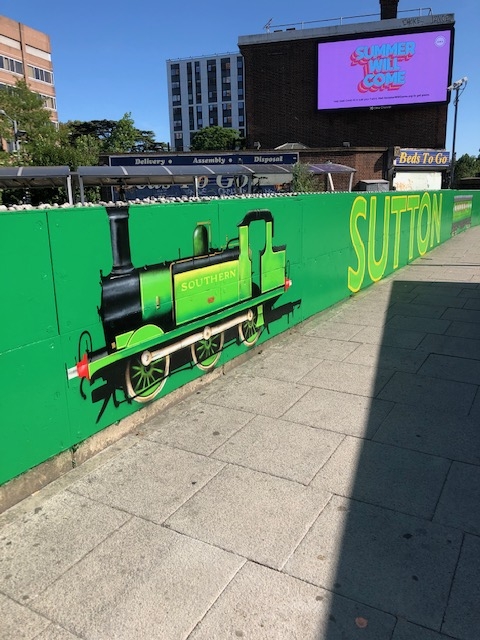
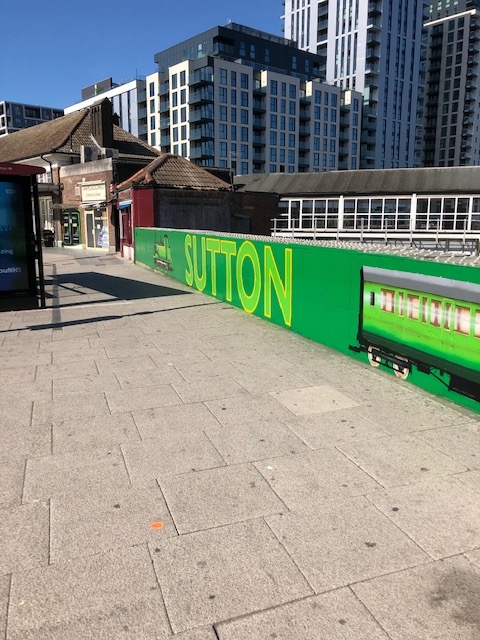
The renowned artist Lionel Stanhope has brightened up our Ward. The painting, on the railway bridge at Sutton station, is not easy to photograph, so what is shown below is a CGI of the artwork created before the painting was undertaken. What is above, is the painting.
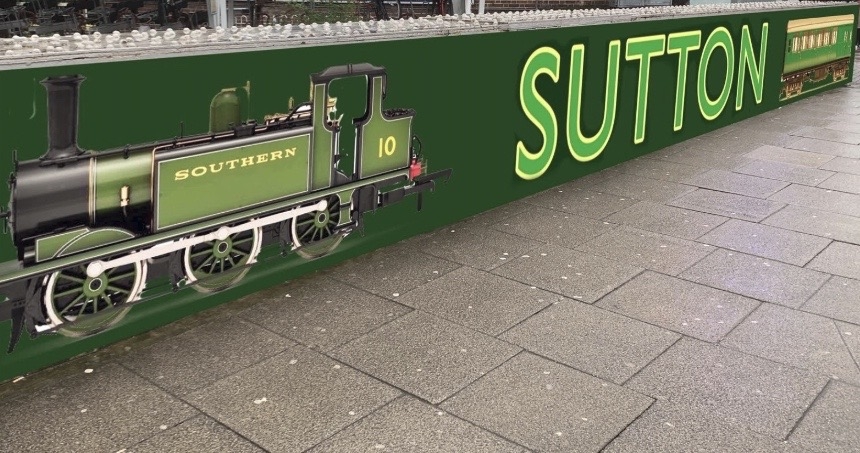
| The railway bridge at Sutton station has been brightened up with a painting by the renowned artist Lionel Stanhope, whose art has brightened up many railway stations. Stanhope completed the painting in four days starting on 26 May. Stanhope is regarded by many as a better and more important street artist than Banksy. We have been pleased to support this project which brings an attractive feature to add interest to the area.The façade of the railway bridge, as you come out of Sutton station and turn left,was a patchwork of various colours. The Council first tried to interest Network Rail in making the bridge look more attractive, over four years ago, during the “Sutton Gateway” project, which involved re-paving the area around the station and the installation of the clock opposite Sutton station. The artwork has been mainly funded by Network Rail, with a small contribution from Sutton Council. The parapet of the bridge required extensive cleaning and preparation before the painting commenced. Lionel Stanhope produced a design which incorporates the word “Sutton” in the typeface traditionally used by Southern railway, and a depiction of the historic Sutton locomotive. The locomotive “Sutton” came into the possession of the Council many years ago and is a 144 year old, 28 tonne, 26 feet, A1 class Terrier steam engine. It is currently with a heritage railway undertaking in Tunbridge Wells who have undertaken to restore it. The painting is an addition to an area becoming famous for its street art. Within two hundred yards you can find the remarkable statue “The Messenger”, located directly outside the entrance to Quadrant House in The Quadrant. The Messenger is a statue, a sculpture in bronze with very dark patination, completed by David Wynne in 1981, of a large horse and rider. It was a major commission for the sculptor, who died in 2014. It took four years to complete from his first idea and inspiration, on receipt of the brief – through roughing out, refining and casting in a foundry, to the final unveiling and installation. We are not including a photograph of the statue in this post due to the philistine attitude of the owners of Quadrant House, who do not cherish this artwork and have stuck a notice on the front of it about some aspect of building maintenance, thus disfiguring it. They have been unco-operative in the face of requests to remove the notice. Even more striking is the remarkable mural by the famous Spanish “street” artist from Bilbao, Eva Mena, on a wall in nearby Wellesley Road. This is said to be of the American singer and musician Erykah Badu. The work was commissioned by the owners of the building, Indepth Hygiene Services. It was painted in three days in 2010, when the artist came over from Spain to paint it. It is entirely typical of her street art, which is to be found on walls in many parts of the world, including Egypt, Ireland and Spain, as well as Sutton. Eva Mena is said to be more famous than Banky in her native Spain. |
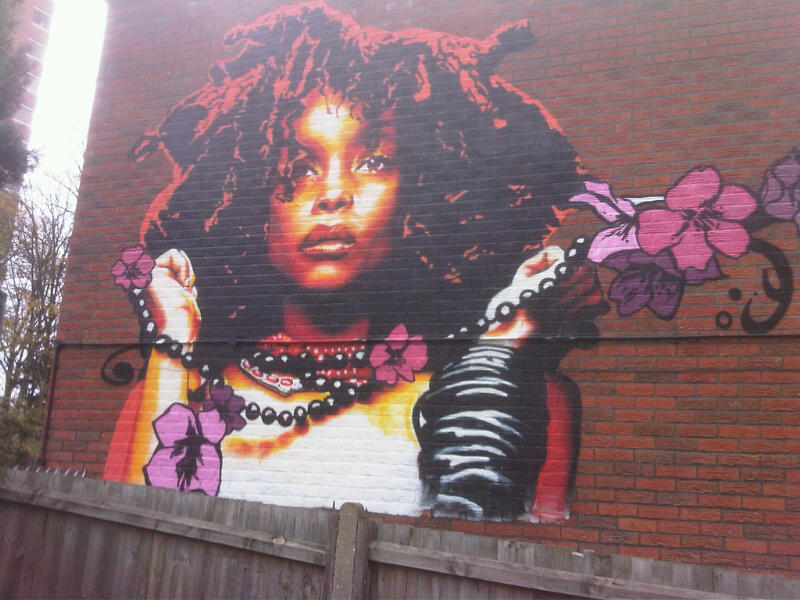

The Local Government Boundary Commission for England has been reviewing the boundaries of the local Government Wards in Sutton prior to the next local elections in 2022.
They published draft proposals last year and have now published final decisions. You can view these on their website.
Their final decisions leave the Ward much as it was, with the addition of a part of Mulgrave Road. The new structure they outline will be the structure of Wards at the next Council elections in 2022. The new Ward will be one of the largest Wards in the borough.
Currently the Ward runs from Sutton station in the north to Devonshire Road in the south, and Banstead Road South in the east to Overton Road in the west. It is mostly a Ward of residential roads with three schools (Devonshire Avenue primary, Overton Grange, Eagle House school), one small park (the Devonshire Avenue Nature Area), three places of worship (Christchurch, the Friends’ Meeting House, the synagogue in Cedar Road), split into three parts by Langley Park Road and Brighton Road running north-south.
The draft proposals published earlier this year removed from the Ward roads east of Upland Road – Kaymoor, Willis, Prior, Downside, Farm Close – and put them into Carshalton Beeches Ward. There were minor adjustments at the western end so the whole Ward moved westwards.
In drawing up new boundaries, the Commission is required to aim to deliver electoral equality for voters in Council elections so that each Councillor represents roughly the same number of voters. The review also aimed to ensure that the new Council wards reflect, as far as possible, the interests and identities of communities across Sutton.
The final proposals leave the Ward much as it was, with the addition of a small part of Mulgrave Road. The new Ward will be one of the largest Wards in the borough.
After a debate on 14 October Sutton Council submitted some proposals. Richard spoke in this debate, commenting in particular on the proposals fro Sutton South Ward. He said:
“I recognise that there is always a tension between drawing lines on maps that create sensible geographical structures in terms of communities and natural boundaries and getting the numbers right in terms of residents per Councillor. I would like to stress that where these create tensions I think it important to give priority to getting the boundaries right, creating areas that residents recognise as communities, in particular respecting natural boundaries such as main roads and railway lines, and keeping recognised communities together, and this should be the priority even if it does lead to some unevenness in Ward sizes. In any exercise like this there will inevitably be some disparity in the size of Wards with some outliers.”